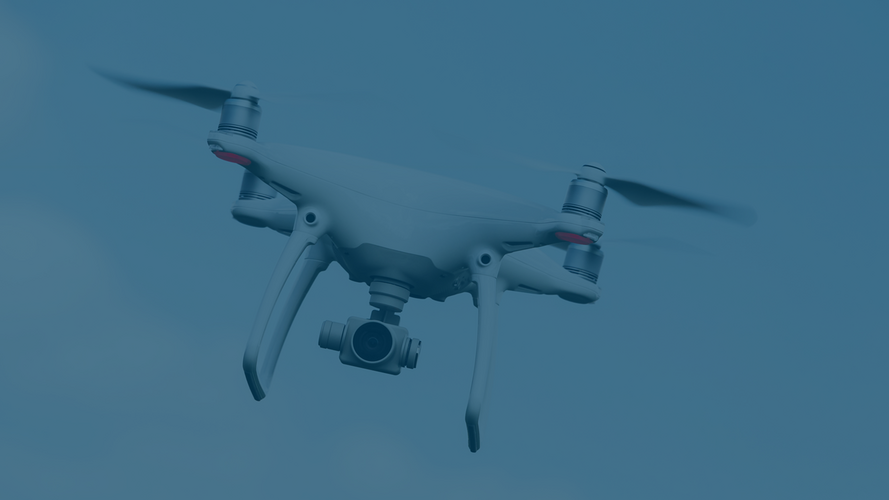Update IP, Media & Technology No. 104
Patent Applications for Genetic Resources: WIPO Agreement Brings New Disclosure Obligations
A new WIPO Treaty presents patent applicants with unfamiliar challenges when the patent application deals with "genetic resources". Companies, particularly in the biotech, pharmaceutical and food production sectors, must adapt to new disclosure obligations in order to avoid legal and economic disadvantages.
What is the treaty about?
On May 24, 2024, after 25 years of negotiations, the member states of the World Intellectual Property Organization (WIPO) concluded a groundbreaking treaty with the goal "prevent patents from being granted erroneously (…) with regard of genetic resources and traditional knowledge associated with genetic resources" (Article 1). Genetic resources are all materials of plant, animal, microbial or other origin that contain functional units of heredity. Patent applicants must disclose the country of origin or the source of the genetic resources (Articles 3 and 4). The treaty thus recognizes the contribution of the knowledge of indigenous peoples and local communities to innovation.
Nagoya Protocol and previous EU regulations
Building on the 1992 Convention on Biological Diversity, the Nagoya Protocol was adopted in 2010, an international treaty that deals with access to genetic resources and the fair and equitable sharing of the benefits arising from their utilization. The Nagoya Protocol was transposed into EU law in 2014 by the Access and Benefit Sharing (ABS) Regulation (EU 511/2014). The regulation stipulates the obligations of users of genetic resources in the EU and how these must be monitored by the member states.
However, these regulations have not yet achieved the desired effects. Neither has the global loss of biodiversity been halted nor have significant amounts of money flowed into developing countries as a result. The new WIPO Treaty promises more effective enforcement of disclosure by means of obligations under patent law. In a way, the Nagoya tiger is now getting patent teeth!
What happens next?
In the coming years, legislative activities will be observed worldwide. We assume that the new rules will not come into force before 2026 for patent applications filed after that date. However, this does not necessarily mean that there is much time left before the treaty becomes relevant. Inventions are often the result of years of research. Projects already underway or soon to start will sometimes lead to patent applications to which the new disclosure obligations already apply. If the applicant is not prepared, they will first have to carry out research and postpone the application. This in turn can lead to dramatic legal and economic disadvantages.
Our recommendation
If you want to have strong patent applications and a business model that works in the long term, you should address the new requirements soon.
We recommend a test run to get started:
- Would you be able to fulfill this disclosure obligation?
- What responsibilities and internal company processes are required to ensure that the necessary information and documents reach the patent department on time?
Our high-level forecast is that patent departments will increasingly have to fulfill requirements from the areas of "ESG" and "Business & Human Rights". This WIPO agreement is just the beginning.
We will be happy to send you a copy of the WIPO treaty dated May 24, 2024 free of charge. You can request it by e-mail to patent(at)heuking.de.
![[Translate to English:]](/fileadmin/_processed_/d/9/csm_Horn__Dr._Anton_print_802f3bc762.jpg)


![[Translate to English:] [Translate to English:]](/fileadmin/_processed_/b/1/csm_Personen_vor_Bildschirmen_Militaer_Verteidigungssystem_iStock_erweitert_7515f53104.jpg)




![[Translate to English:] [Translate to English:]](/fileadmin/_processed_/d/3/csm_Daten_personenbezogen_Gesichtserkennung_iStock_erweitert_9cd904bfb8.jpg)

